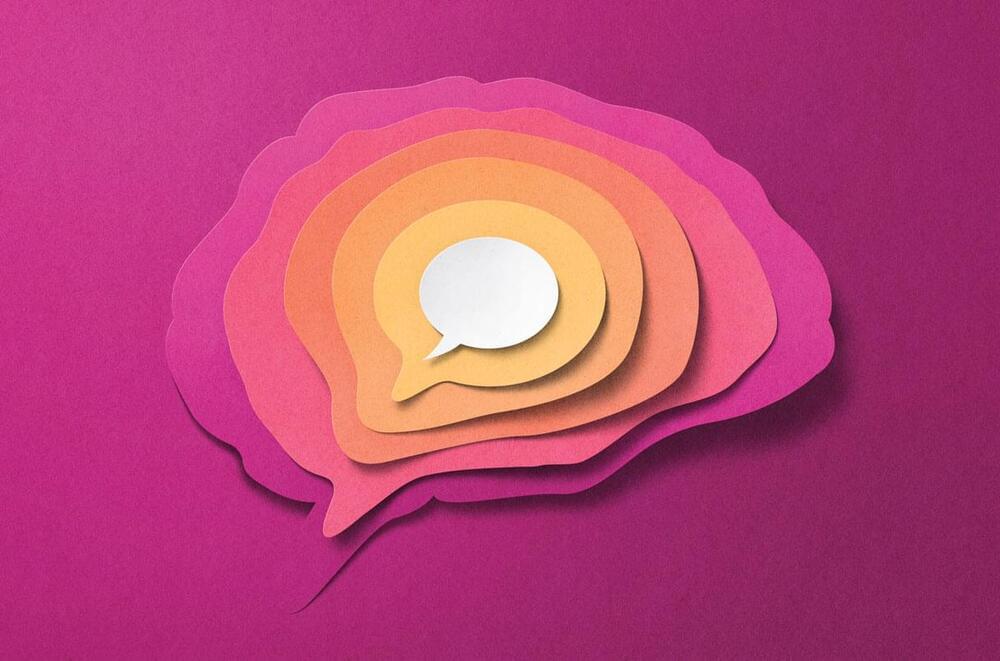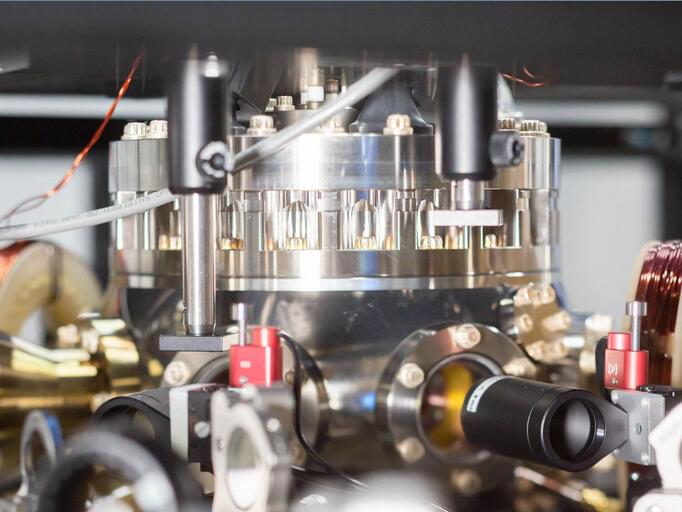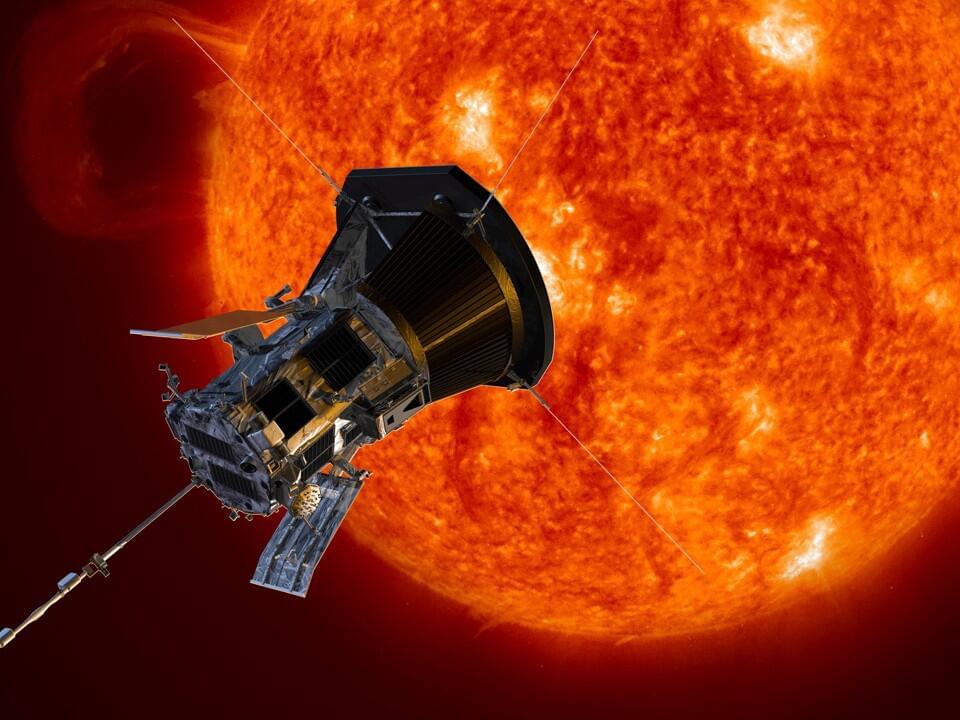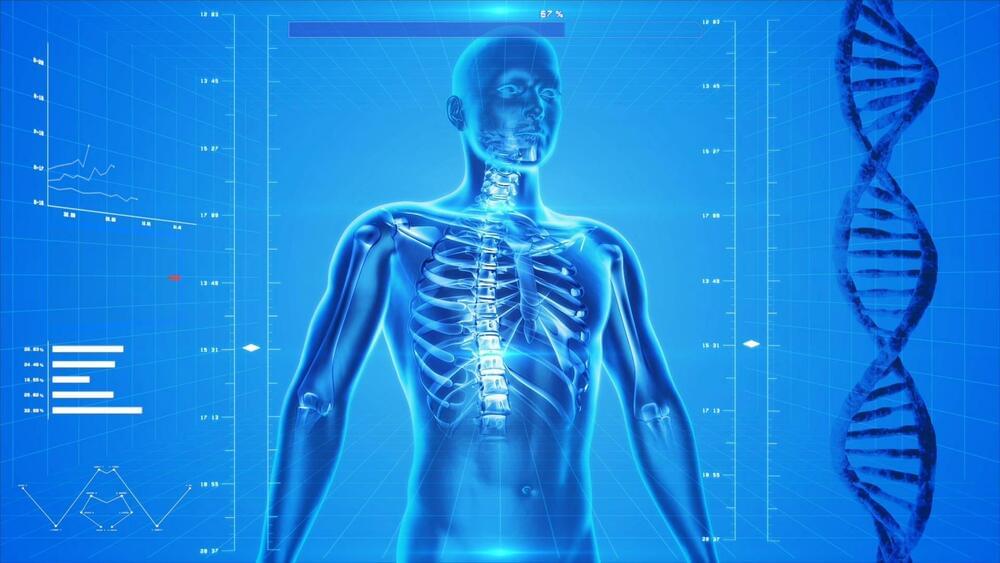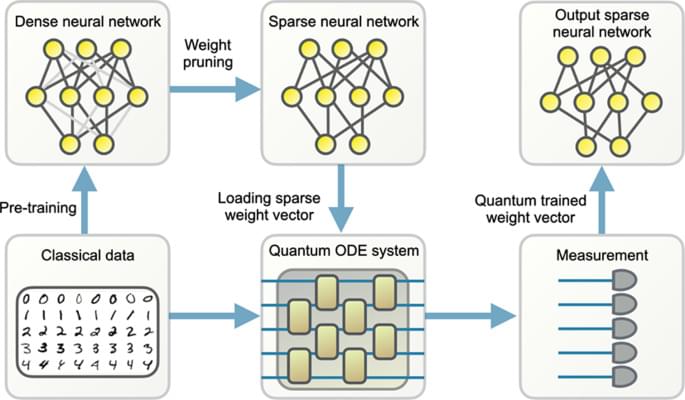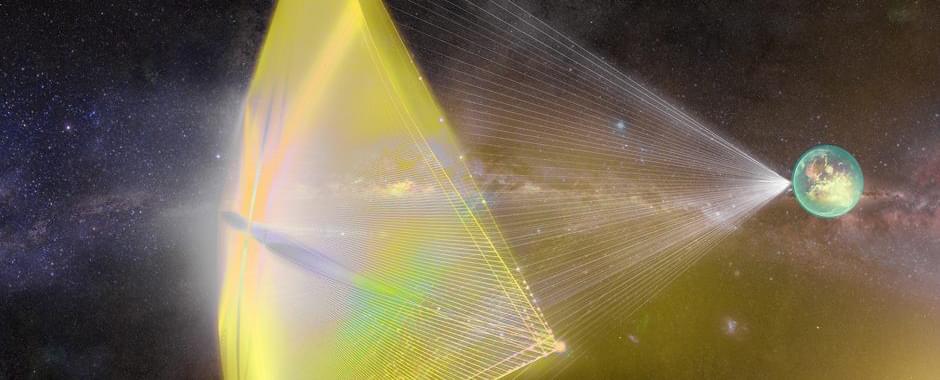NEW ORLEANS—“OK, I want to finish writing this article today. But how should it begin? Hmm, maybe just like that. Wait, does Science use ‘OK’ or ‘Okay’?” Many people say they have an inner monologue running through their heads, narrating their lives. The phenomenon, plus a wealth of research, suggests humans use language not only for communicating, but also for thinking.
Now, it seems artificial intelligence (AI) may benefit from imitating humans’ inner monologue. In a laboratory experiment, tying language to actions improved an AI program’s ability to learn complex tasks, researchers reported here last month at the Neural Information Processing Systems (NeurIPS) conference. The advance might enable AI to learn from, say, YouTube instructional videos.
“I really liked this,” says Anna Borghi, a psychologist at Sapienza University of Rome who studies cognition and language and was not involved in the experiment. “The most interesting aspect is that the presence of language grants flexibility. Even complex actions can be accomplished more easily.”
